Riyanni - Mouse Finches
Riyanni, or Mouse Finches, are a family of four-legged birds. The name Riyanni loosely translates to "Tiny Birds". They are nocturnal omnivores, hiding underground during the day. they are one of the most successful groups of birds, with over a thousand similar but still individual species spread across the world. They are found in almost any environment from caverns and islands to forests and tundra, as well as the insides of many old Regalti ruins. they are even found in the sky.
Riyanni are generally skittish and afraid of any animals larger than they are. The slightly larger Shoryi are known to hunt and kill Riyanni and many species of Shoryi exclusively eat Riyanni. Many Riyanni have evolved specialized fur patterns to evade these predators specifically.
Evolution
Riyanni evolved roughly 100 million years ago. While mass extinctions were going on due to an extended volcanic winter, the ancestors of Riyanna were burrowing into the ground, waiting out the apocalypse in safety. Their wings atrophied and eventually completely disappeared.
After the volcanic winter ended, Riyanni started to reapidly spread around the world. Due to their short lifecycles, they diversified and evolved quickly. There are several mountain ranges where each geographically isolated mountain range has a separate species of Riyanni. The individual plateaus and mesas of the Red Table desert have different species, as do the individual islands of the Ladgan Swamps and Keys.
There are even individual species of Riyanni that go through their entire life cycles thousands of meters in the sky, on the top of Skyshells, large floating jellyfish, in ecosystems known as Sky Meadows.
Even in some regalti ruins (as a result of the Exodus), different species evolved. Due to the size of the structures, the Riyanni in one part of the ruin, such as the ground level, is diversified enough from Riyanni in another part of the ruin to be considered an entirely different species.
Conservation Status:
No Concern
Note: several species, especially island varieties, are Critically Endangered
Classification
Kingdom: AnimaliaPhylum: Chordata
Class: Aves (Jinani)
Family: Passer Muridae
Common Name(s):
Riyanni(Common)
Mouse finches (English)

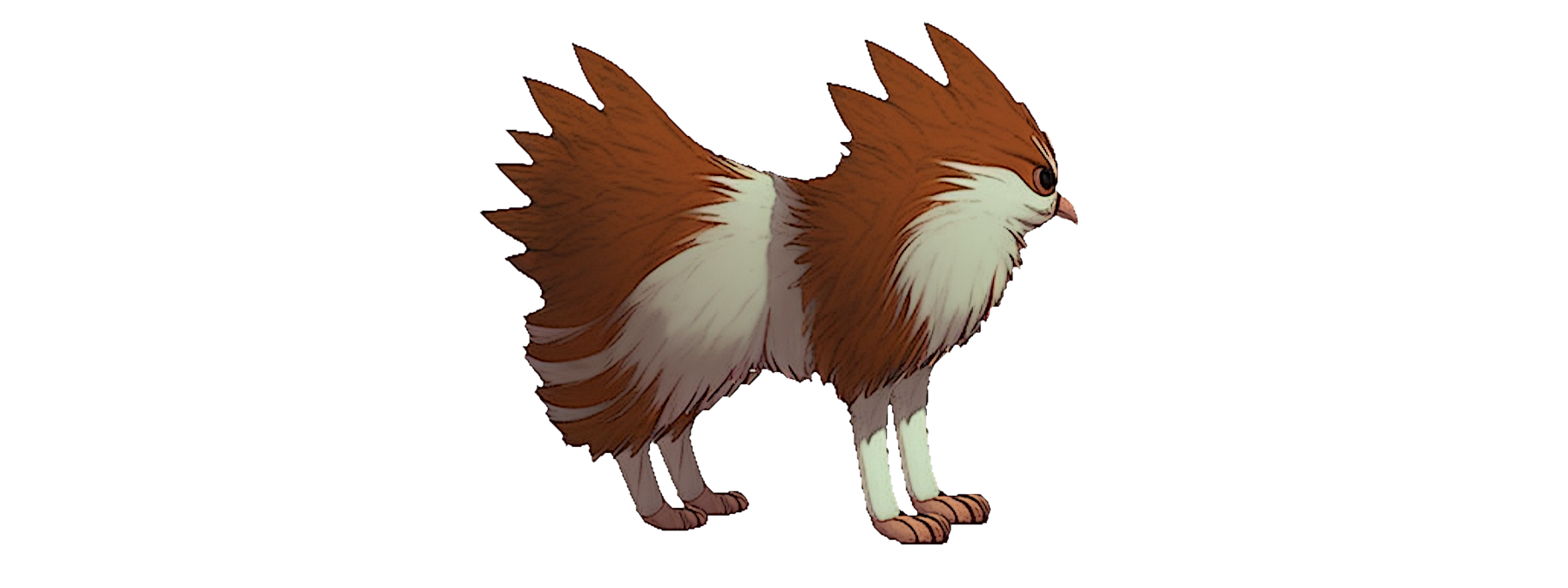

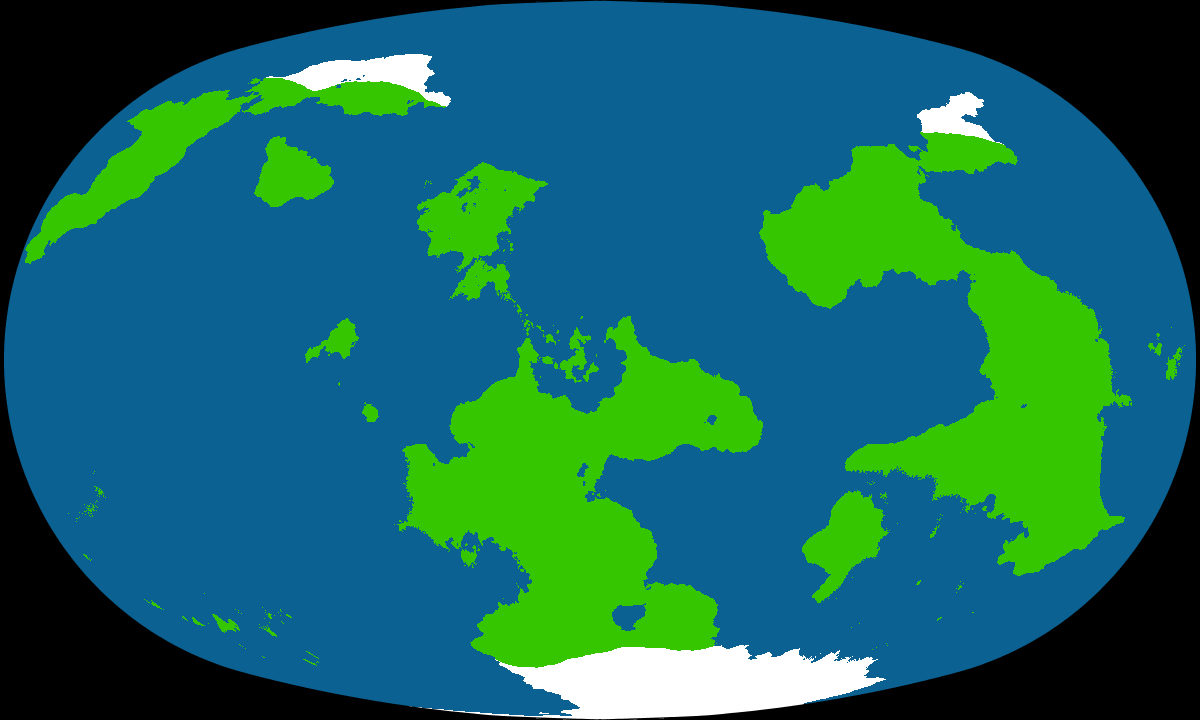
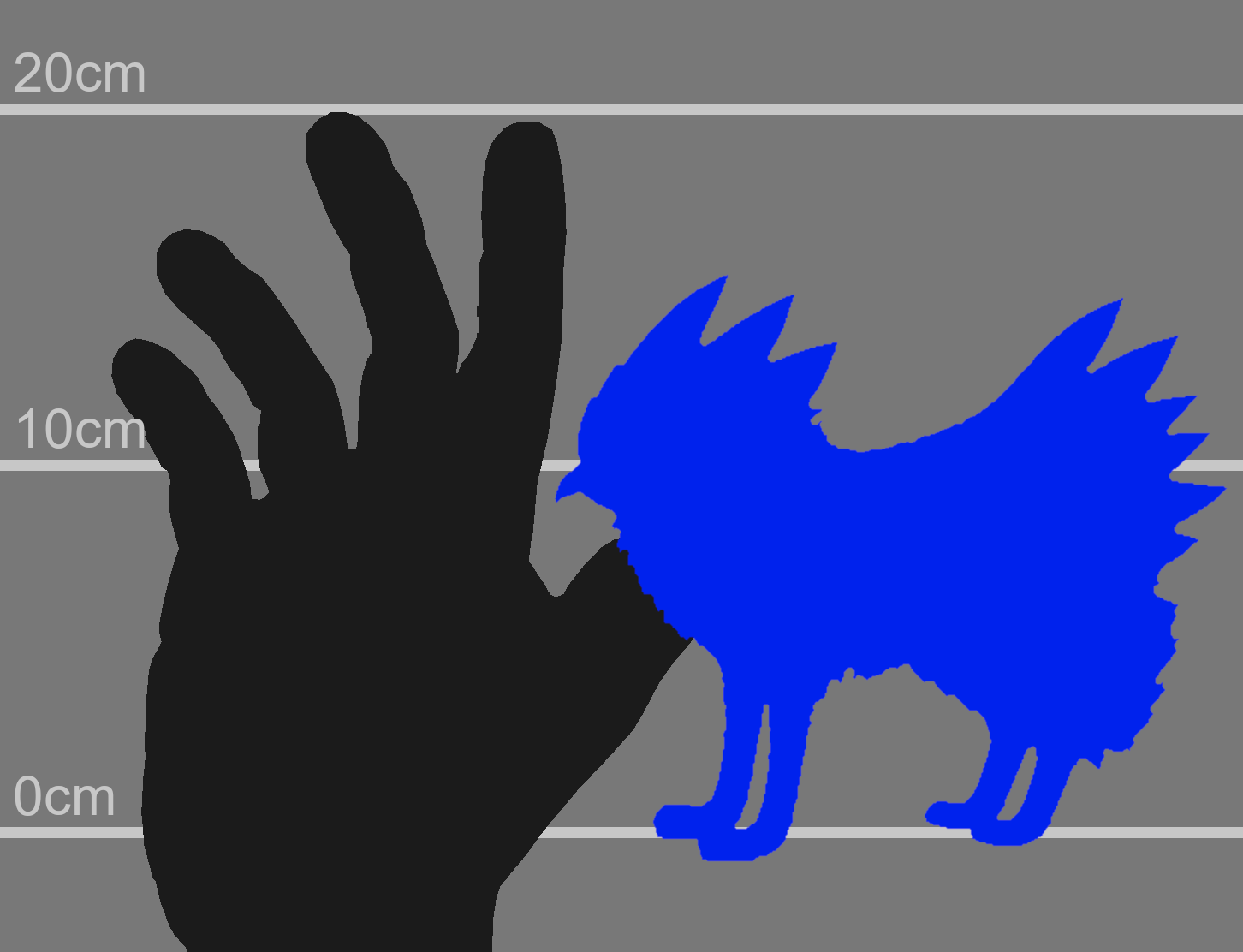

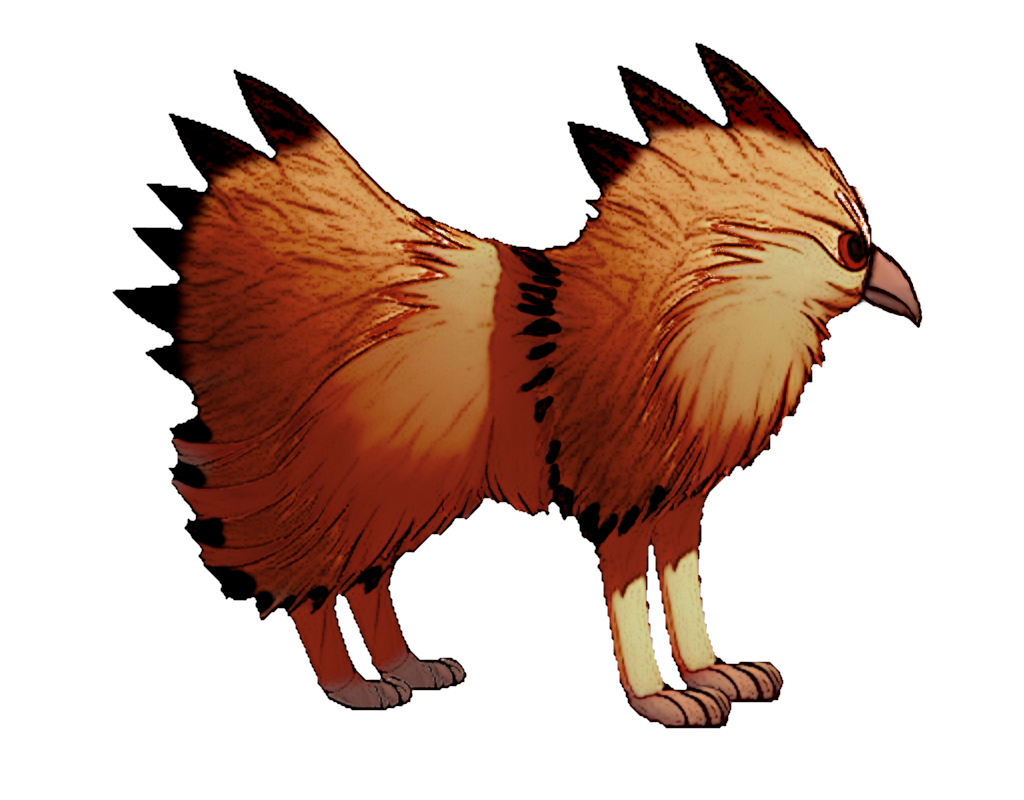
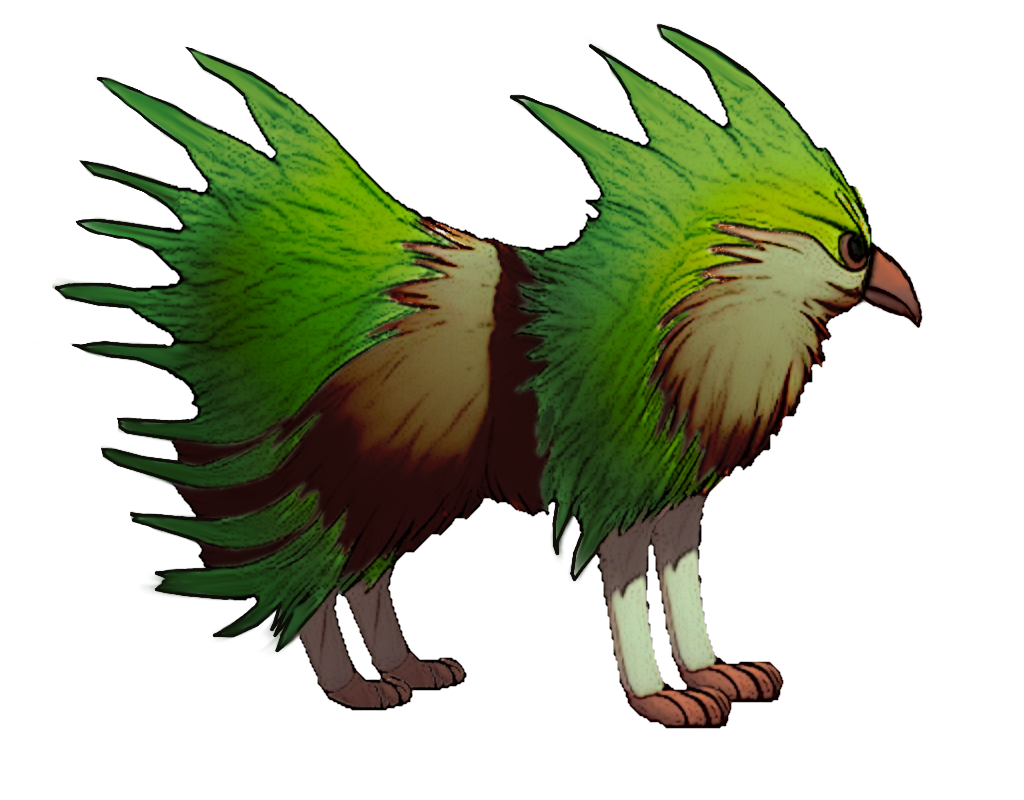

Comments